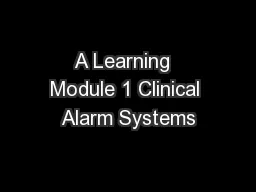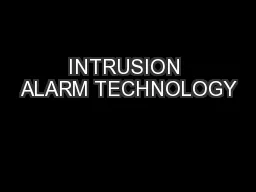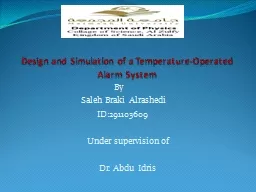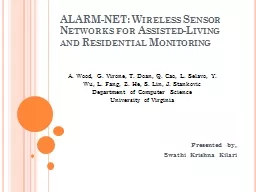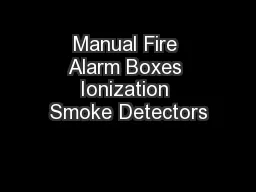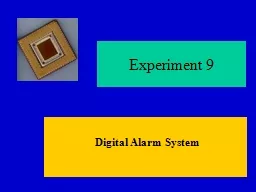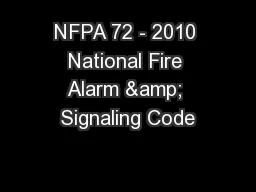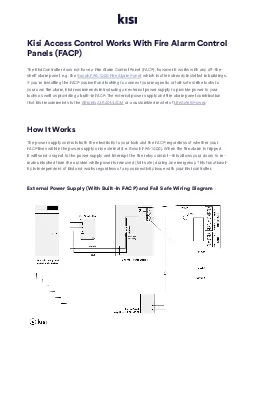PPT-A Learning Module 1 Clinical Alarm Systems
Author : phoebe-click | Published Date : 2018-11-08
NPSG Goal 6 2 Purpose To e nsure there is a process for safe medical device alarm management and response in high risk areas Objective After reviewing the
Presentation Embed Code
Download Presentation
Download Presentation The PPT/PDF document "A Learning Module 1 Clinical Alarm Syst..." is the property of its rightful owner. Permission is granted to download and print the materials on this website for personal, non-commercial use only, and to display it on your personal computer provided you do not modify the materials and that you retain all copyright notices contained in the materials. By downloading content from our website, you accept the terms of this agreement.
A Learning Module 1 Clinical Alarm Systems: Transcript
Download Rules Of Document
"A Learning Module 1 Clinical Alarm Systems"The content belongs to its owner. You may download and print it for personal use, without modification, and keep all copyright notices. By downloading, you agree to these terms.
Related Documents

